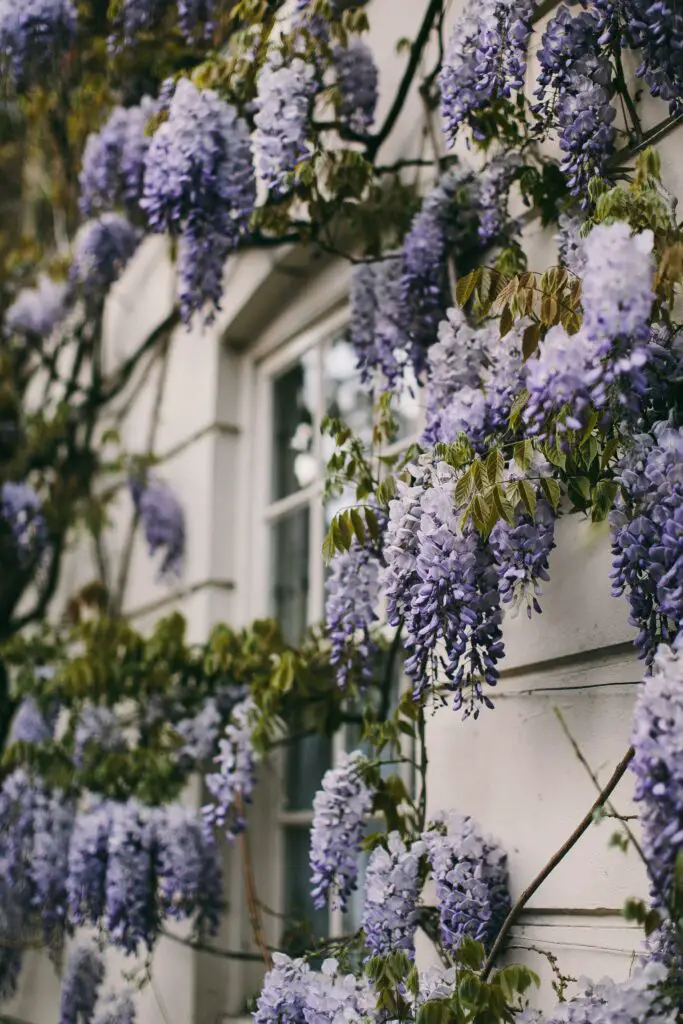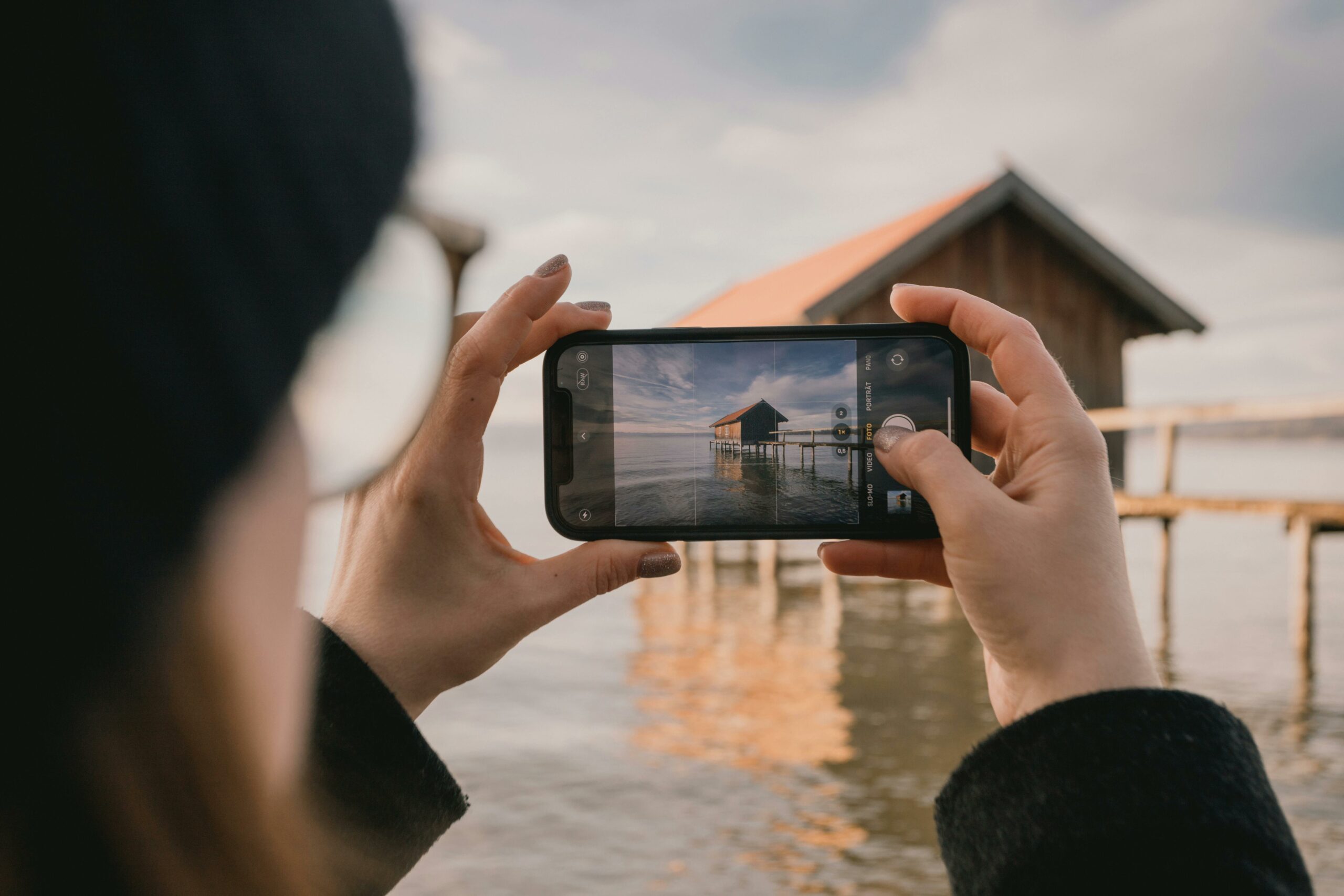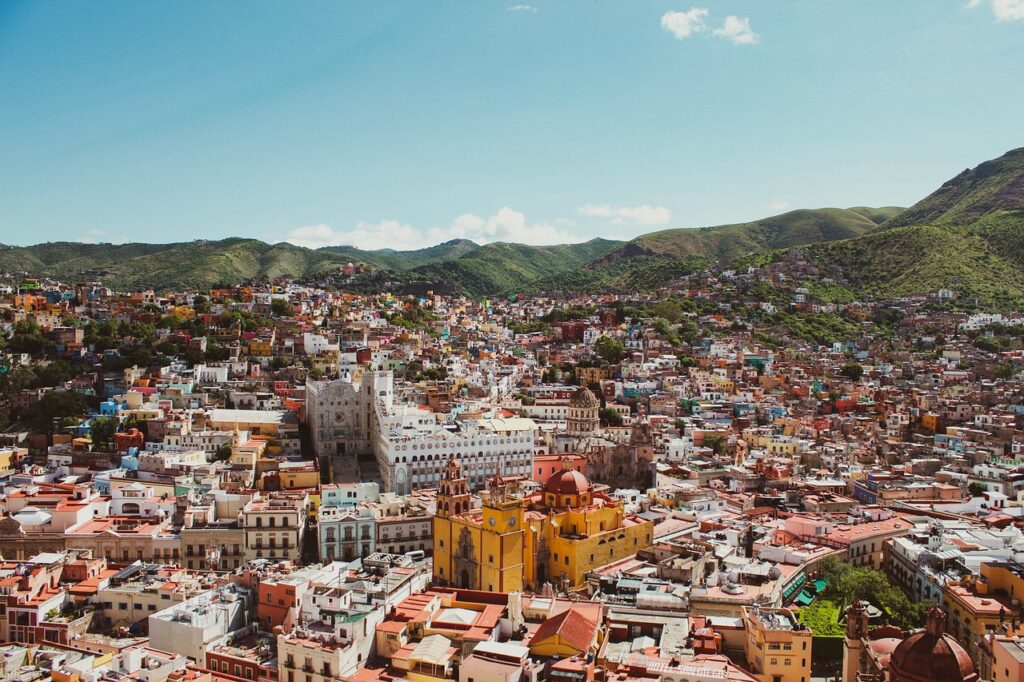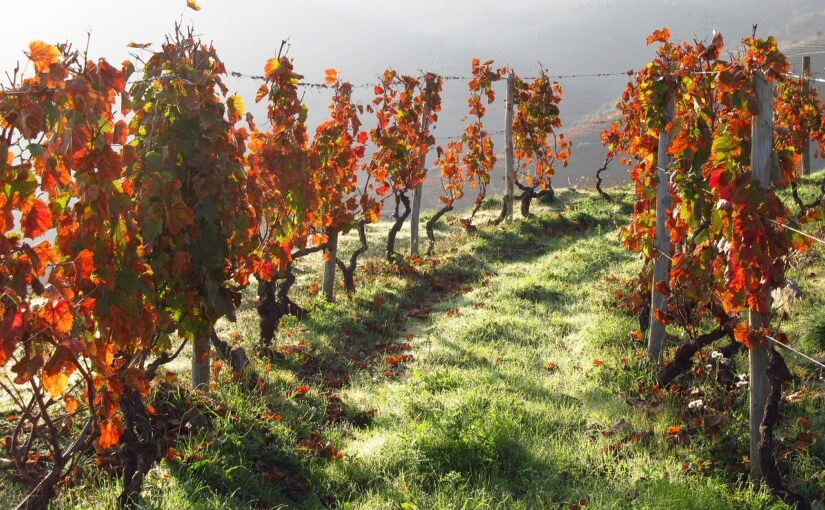If you’ve ever dreamed of owning a home in a foreign country without spending a fortune, you’re in the right place. Today, we’re diving into international real estate markets and exploring how you can buy the cheapest houses in the world without breaking the bank. I’ll share insider tips, practical advice, and real-life insights that make navigating international markets less intimidating. So, grab your favorite beverage, sit back, and let’s chat about turning global real estate dreams into reality!
Why Consider International Real Estate?
Before we get into the nitty-gritty details, let’s talk about why buying property abroad is worth considering. Many people believe that international real estate is reserved for the rich or the well-connected. But that’s not always true. Here’s why you might want to think global:
- Diversification: Investing internationally spreads your risk. When one market slows down, another might boom.
- Affordability: Some countries offer incredibly low property prices, making it easier to find the cheapest houses in the world.
- Lifestyle Benefits: Imagine living near a beach in Southeast Asia or owning a cozy cottage in Eastern Europe.
- Growth Potential: Emerging markets can offer strong appreciation over time as local economies grow.
- Cultural Experience: Owning property abroad can immerse you in new cultures, languages, and experiences.
If you’re curious about how to make it happen, be sure to check out our article Turning Dreams into Reality: Buying International Real Estate on a Budget. It dives deep into how you can get started with minimal investment and maximum inspiration.
With these benefits in mind, let’s explore how to navigate the international real estate scene step by step.
Step 1: Do Your Research
Research is your best friend when entering any new market. Start by identifying countries or regions that catch your eye. Consider factors like:
- Political Stability: Look for countries with a stable government and favorable property laws.
- Economic Growth: Check out regions with robust economic indicators.
- Tourism and Local Demand: Areas popular with tourists can also attract long-term renters or buyers.
- Legal and Tax Environment: Understand the local regulations, taxes, and fees related to property ownership.
Helpful Tips for Research
- Use Trusted Sources: Rely on government websites, reputable real estate blogs, and international news outlets.
- Connect with Locals: Join expat forums or social media groups. People living in the area can provide valuable insights.
- Visit the Country: If possible, travel there to get a feel for the local market and community.
Remember, a little research can save you a lot of headaches later on.
Step 2: Understand the Buying Process
International real estate transactions work differently than domestic ones. The buying process can be more complex, so it’s important to understand the steps involved.
Key Points to Consider
- Legal Requirements: Some countries require foreign buyers to get special permits. Others may restrict foreign ownership altogether.
- Documentation: You’ll need to provide more documentation than you might at home. Keep your passport, financial records, and proof of funds handy.
- Currency Exchange: Fluctuating currency rates can impact your investment. Monitor exchange rates and consider locking in favorable rates when possible.
- Financing Options: Many banks in foreign countries offer loans to non-residents. However, interest rates and terms may differ from what you’re used to.
By knowing these requirements upfront, you can avoid unexpected delays and extra costs.

Step 3: Find a Local Real Estate Agent
A knowledgeable local real estate agent can be your best ally. They know the market inside and out and can help you find the best deals on the cheapest houses in the world.
Benefits of Working with a Local Agent
- Market Expertise: They understand local trends and can guide you to promising neighborhoods.
- Negotiation Skills: They know the local pricing norms and can help you negotiate a fair deal.
- Language Barrier: They can assist with translations and ensure you understand all the documents.
- Legal Support: Many agents work closely with local lawyers who can help you navigate the legal process.
When choosing an agent, ask for referrals and check online reviews to make sure they have a solid reputation.
Step 4: Evaluate Properties Carefully
Now that you’re ready to start looking at properties, it’s time to evaluate your options. When browsing listings, keep these points in mind:
- Location: Is the property in a safe area with good amenities nearby? Check local transportation, schools, and hospitals.
- Condition of the Property: Look beyond the price tag. Sometimes the cheapest houses in the world need significant renovations.
- Potential for Appreciation: Does the area show signs of future growth? Look for indicators like new developments or infrastructure projects.
- Rental Yield: If you plan to rent out the property, research local rental demand and average rates.
A Quick Comparison Table
The table below compares two popular investment strategies: buying to renovate versus buying to rent. This should help you decide which approach fits your goals.
| Strategy | Pros | Cons |
|---|---|---|
| Renovate & Flip | Quick profit potential; ability to add immediate value. | Upfront renovation costs; time-consuming process. |
| Buy and Hold (Rent Out) | Generates steady income; long-term appreciation. | Requires ongoing property management; slower capital gains. |
This table gives a clear picture of the trade-offs. Choose the strategy that aligns best with your financial goals and lifestyle.
Step 5: Plan Your Budget
Budgeting is crucial when investing internationally. You need to account for the property’s purchase price and additional costs like:
- Renovation and Repairs: Factor in unexpected repairs or upgrades.
- Legal Fees: Budget for legal advice and processing fees.
- Taxes and Insurance: Understand the local tax implications and get adequate insurance.
- Currency Fluctuations: Always have a buffer for currency exchange rate changes.
Budgeting Tips
- Create a Detailed Spreadsheet: Track every expense, big or small.
- Research Typical Costs: Look for online guides or ask your real estate agent about average expenses.
- Include a Contingency: Set aside at least 10-20% of your budget for unforeseen expenses.
- Monitor Exchange Rates: Use online tools to keep an eye on currency trends.
Being thorough in your planning will help you avoid surprises and ensure that your investment remains profitable.

Step 6: Visit and Inspect the Property
It’s one thing to browse listings online, but nothing beats visiting the property in person. A personal visit lets you inspect the property and get a true sense of its potential.
What to Look For During a Visit
- Structural Integrity: Check for cracks, water damage, or signs of wear and tear.
- Neighborhood Vibe: Talk to locals and explore the area. Does it feel welcoming? Is there room for growth?
- Access to Amenities: Make sure the property is near schools, hospitals, shops, and public transport.
- Future Development: Ask about upcoming projects in the area that might influence property values.
If you can’t visit in person, consider hiring a local inspector. Their detailed report can provide you with valuable insights, ensuring you make an informed decision.
Step 7: Negotiate and Close the Deal
Once you’ve found the perfect property, it’s time to negotiate the deal. This step can feel a bit daunting, but with a little preparation, you can navigate it smoothly.
Tips for Successful Negotiation
- Be Prepared: Know the market value of similar properties in the area.
- Set Clear Limits: Determine your maximum budget before entering negotiations.
- Stay Flexible: Be ready to compromise on minor issues to secure a better deal overall.
- Hire a Lawyer: A local lawyer can review contracts and ensure your interests are protected.
- Keep Communication Open: Building a good relationship with the seller can lead to more favorable terms.
Taking your time during this stage ensures that you don’t rush into a deal that isn’t right for you.
Real-Life Success Story: Maria’s Journey Abroad
Let’s take a moment to look at a real-life example. Maria, a savvy investor from the U.S., decided to expand her portfolio by buying a property in Eastern Europe. She started by researching several countries and finally settled on a small town known for its rich history and growing tourism industry.
Maria followed these steps:
- In-Depth Research: She joined expat forums and connected with local real estate agents.
- Local Agent Partnership: With her agent’s help, she found a charming property that needed some TLC.
- Budget Planning: Maria created a detailed budget that included renovation costs and legal fees.
- Property Inspection: She visited the property, talked to neighbors, and inspected every detail.
- Negotiation: With a good understanding of local market prices, she negotiated a deal that saved her 15% off the asking price.
Today, Maria enjoys a steady rental income from her property, and its value continues to rise. Her journey shows that with the right approach, you can successfully navigate international markets and find great opportunities.
Transitioning from International Buyer to Global Investor
Now that you have a solid understanding of the process, you might be wondering how to move from a one-time international purchase to becoming a global investor. Here are some steps to consider:
- Network Continuously: Join international real estate groups and attend global property expos. Networking will open doors to more opportunities.
- Stay Educated: Keep up with global market trends by subscribing to international real estate blogs and magazines.
- Diversify: Once you’re comfortable, consider investing in properties across different countries. Diversification can protect your portfolio from local economic downturns.
- Build a Reliable Team: Develop relationships with local agents, lawyers, and contractors in each market you enter. A strong team can help streamline your investments and tackle challenges efficiently.

Tips for a Smooth Transition
As you venture further into international real estate, here are some friendly tips to help you along the way:
- Keep Communication Open: Always communicate clearly with your local contacts. Misunderstandings can lead to costly mistakes.
- Learn the Language: Even basic knowledge of the local language can go a long way in negotiations and building trust.
- Embrace Flexibility: Markets change. Be ready to adapt your strategy as circumstances evolve.
- Document Everything: Keep detailed records of all transactions, inspections, and communications. This habit will serve you well, especially when dealing with legal and tax matters.
- Trust Your Instincts: Sometimes, you’ll have a gut feeling about a property or location. While data is important, don’t ignore your intuition.
Common Challenges and How to Overcome Them
It’s only natural to face challenges when buying property abroad. Let’s address a few common hurdles and discuss how to overcome them:
Challenge 1: Cultural and Language Barriers
- Solution: Invest time in learning about the local culture and language. Hire a translator if necessary. Over time, you’ll build better rapport with locals, making negotiations smoother.
Challenge 2: Unfamiliar Legal Systems
- Solution: Always work with a trusted local lawyer who specializes in real estate. They can help you understand local laws, draft contracts, and navigate bureaucratic processes.
Challenge 3: Currency Volatility
- Solution: Monitor exchange rates closely. Consider using financial instruments to hedge against currency risks if you’re making a significant investment. Planning ahead and having a buffer in your budget can mitigate the impact of sudden changes.
Challenge 4: Limited Access to Reliable Information
- Solution: Rely on reputable sources and ask for referrals. Expats and local real estate professionals often share honest reviews and experiences. Joining online communities dedicated to international real estate can also provide useful tips.
Final Thoughts: Embrace the Adventure
Stepping into international real estate can feel like embarking on a grand adventure. With proper planning and the right team by your side, you can overcome challenges and uncover fantastic opportunities—like snagging some of the cheapest houses in the world. Remember, every seasoned investor once started with that first leap into the unknown.
By taking the time to research, visiting properties in person, and understanding the local market, you’ll be well-prepared to make smart investments abroad. The journey might have its ups and downs, but with determination and a bit of courage, you can transform your global real estate dreams into a profitable reality.
Thank you for joining me on this exploration of international markets. I hope these insider tips help you navigate the process with confidence. Always remember, the world is full of hidden gems waiting to be discovered by someone bold enough to look.





















